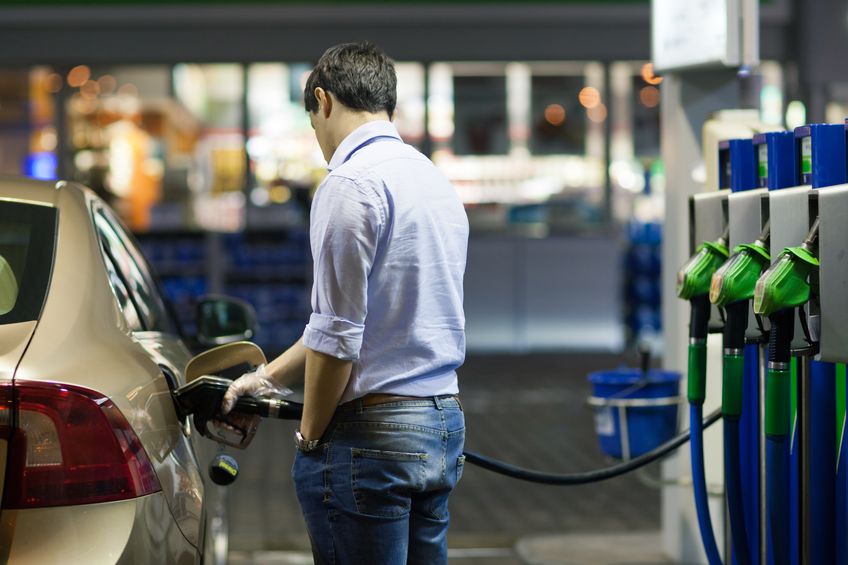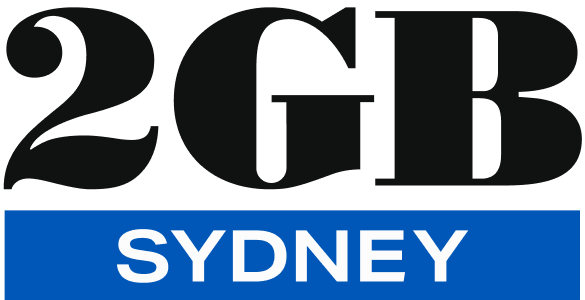Drivers pay $1.2 billion more for petrol than three years ago

Australian drivers are paying $1.2 billion a year more for petrol now than they were three years ago.
Predictably, the long weekend didn’t bring any respite from hip pocket pain at the bowser, with premium fuel prices hitting more than $1.90 in capital cities.
As national motoring organisations call on drivers to shop around to push down prices via competition, KPMG economist Brendan Rynne explains a confluence of factors is behind the price pain. The main culprits responsible are soaring international oil prices and the downward fall of the Australian dollar.
The majority of this lies beyond Australia’s control, though the government’s cut of GST and excise revenue is thought to add some 40 cents a litre to our petrol bills.
“LNG is tied to the price of oil and that tied price relates to the price of crude oil in Japan,” Rynne explains.
“LNG prices follow that oil price by a factor of about 14%. As oil price in Japan goes up, the price of LNG goes up.”
“It’s going up so much that there’s a real chance that it’s probably going to nudge iron ore in terms of the value of export to the Australian economy.”
Click PLAY below to listen to the full interview:















